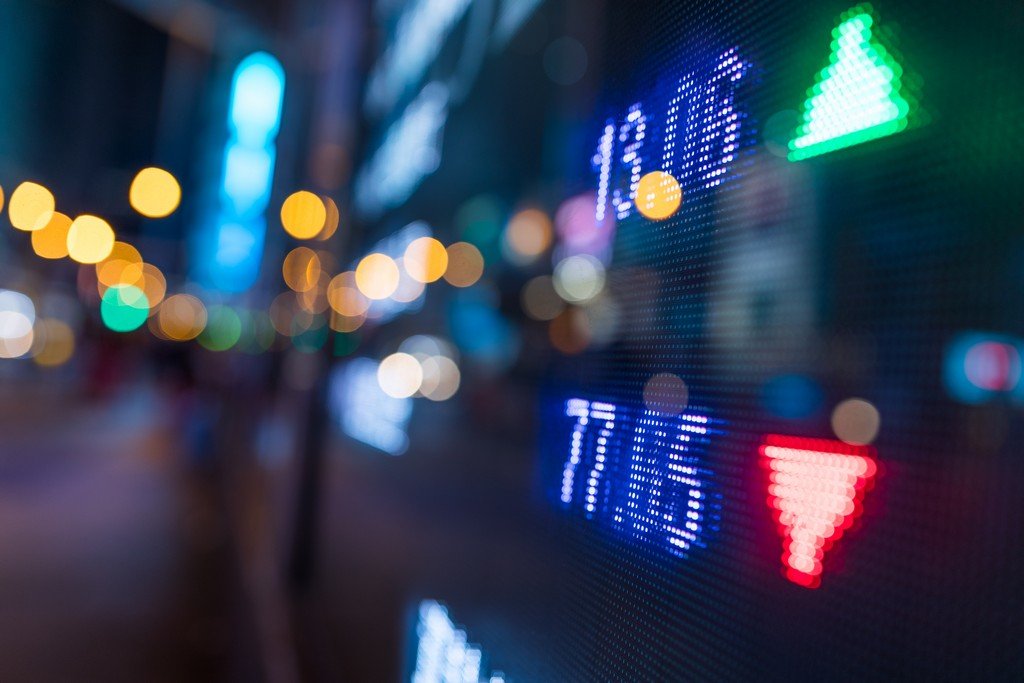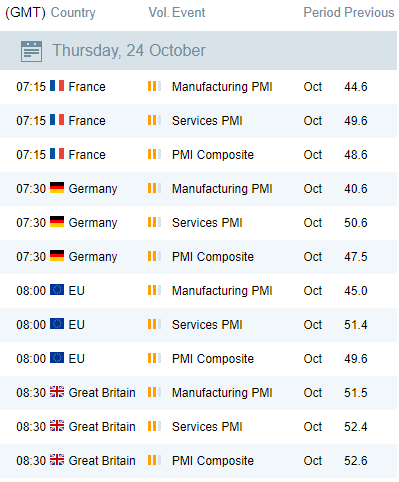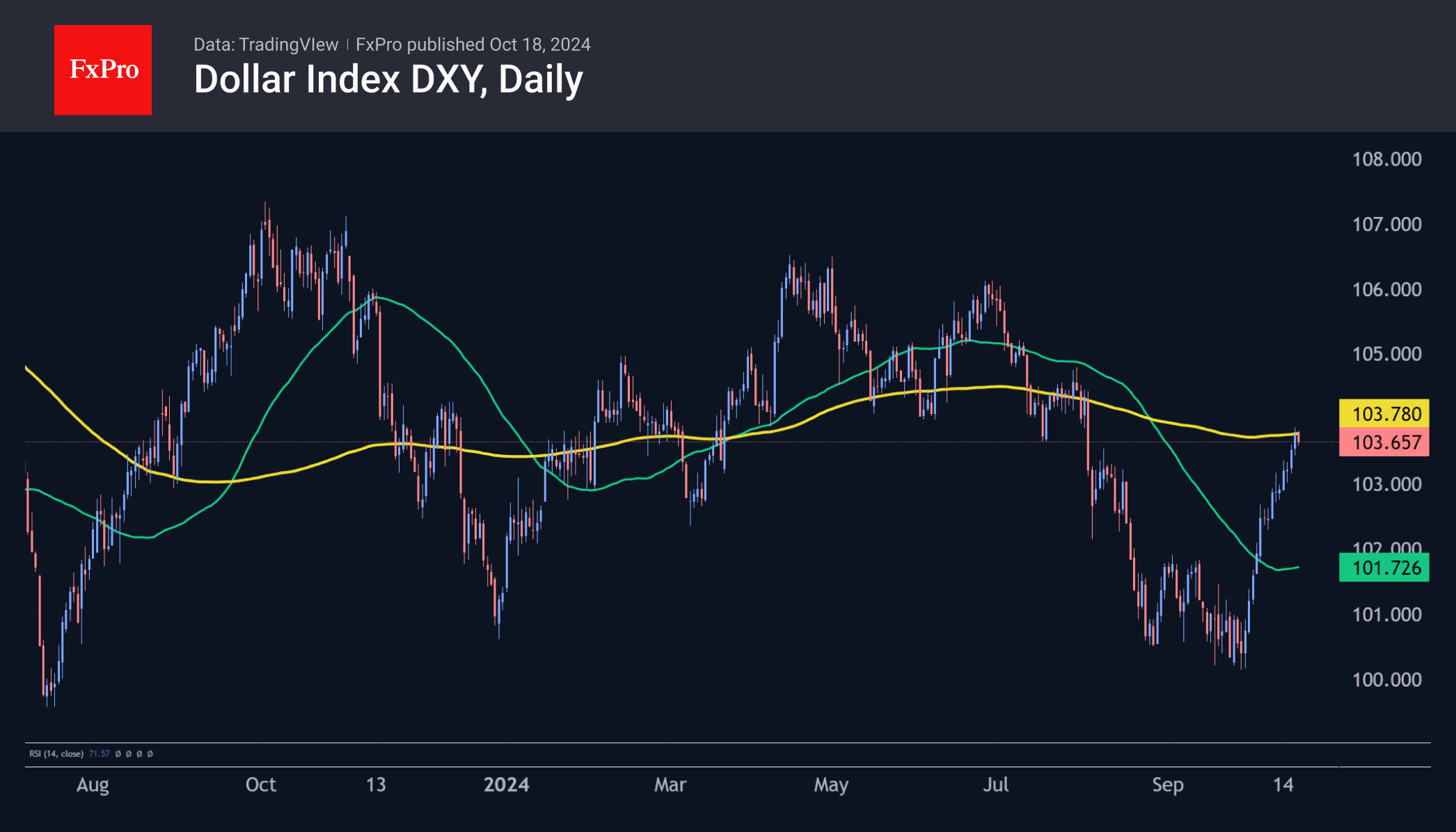U.S. Consumer Prices Jump Most Since 2008, Topping All Estimates
July 14, 2021 @ 11:31 +03:00

Prices paid by U.S. consumers surged in June by the most since 2008, topping all forecasts and testing the Federal Reserve’s commitment to sticking with ultra-easy monetary support for the economy. The consumer price index jumped 0.9% in June and 5.4% from the same month last year, according to Labor Department data released Tuesday. Excluding the volatile food and energy components, the so-called core CPI rose 4.5% from June 2020, the largest advance since November 1991.
Used vehicles accounted for more than a third of the gain in the CPI, the agency said. The outsize increase was also driven in large part by the pricing rebound in categories associated with a broader reopening of the economy including hotel stays, car rentals, apparel and airfares. Expectations that those increases will normalize help explain the Fed’s view that inflation is transitory.
In the bond market, however, some investors saw the data as putting more pressure on the Fed. The Treasury yield curve flattened as the above-forecast reading emboldened traders to bet that the central bank will tighten policy in early 2023. With inflation, from the Fed “we are told the story is transitory but the increases are going faster and for longer,” John Ryding, chief economic adviser at Brean Capital said on Bloomberg Television. “We just had a monthly increase that was about double what was expected.”
The median forecasts in a Bloomberg survey of economists called for a 0.5% gain in the overall CPI from the prior month and a 4.9% year-over-year increase. The S&P 500 declined after the report. The report also may add to challenges for the Biden administration in getting Congress to approve trillions of dollars of additional fiscal spending in coming years. Republicans have been highlighting the jump in inflation as a reason to reject such new plans.
Wage growth rose steadily through the second quarter, but higher consumer prices are taking a toll. Inflation-adjusted average hourly earnings fell 1.7% in June after slumping 2.9% a month earlier, separate data showed Thursday. Figures out Tuesday from the National Federation of Independent Business showed 47% of small-business owners, the largest share since 1981, reported higher selling prices in June. Consumers are anticipating higher prices in the near-term. Median inflation expectations for the coming year increased to series high 4.8% in June, according to the New York Fed’s Survey of Consumer Expectations.
U.S. Consumer Prices Jump Most Since 2008, Topping All Estimates, Bloomberg, Jul 14








 GBP | BOE Governor Andrew Bailey Speaks
GBP | BOE Governor Andrew Bailey Speaks